
 Ex-Genjouin garden in Heisenji Hakusan shrine (Katsuyama City)
Ex-Genjouin garden in Heisenji Hakusan shrine (Katsuyama City)
Stories.
 Stone Buddha image in the ruins of Nishiyama Koushoji templein Ichijodani (Fukui City)
Stone Buddha image in the ruins of Nishiyama Koushoji templein Ichijodani (Fukui City)
Among Japanese gardens that remain in Echizen province made in the medieval period and recent times can we see many examples of beautiful landscape created by skillfully adopting arrangement of stones and features of the stone shapes. Ex-Genjoin garden in the rear of the shrine office of Heisenji Hakusan shrine as we know today is estimated to have been built in the 1530s, which is the oldest gardens in existence in Hokuriku region and it is designated as National Scenic Beauty. It is a dry landscape garden where stones are arranged with ingenuity around a dry pond.
>Four gardens in Ichijodani Asakura Clan Ruins are desig-nated as a nation’s special place of scenic beauty. Each of these gardens has distinct character; one of them has huge stones arranged for takiishigumi, stones used for making wa-terfalls in Japanese gardens. Others have unique rock ar-rangement or flat garden or dry landscape garden. They ad-opted the building method of gardens which was in fashion in Kyoto in those days, telling us cultural gaiety of Ichijodani.In Yokokan Garden, which was made in the Edo period as a villa of Matsudaira family who ruled Fukui domain, Shaku-dani stones are effectively used, adding distinct characteris-tics to this Daimyo(feudal lord) garden with a focus on the pond. Besides this, rock pillars of columnar joint and exqui-site stones from various places in and out of Fukui area are ar-ranged beside the pond.
It is stone Buddha images and stone pagodas that represent prayer and repose of souls of people. Over 6,000 stone Bud-dha images and stone pagodas have been found in Ichijodani Asakura Clan Ruins, whose number has no parallel nation-wide. Most of them are made of Shakudani stone. Heisenji Hakusan shrine has a mausoleum of Taichodaishi (Saint Ta-icho) , the grave of Masashige Kusunoki made of stone and innumerable stone Buddha images that make us feel a long history and deep faith.